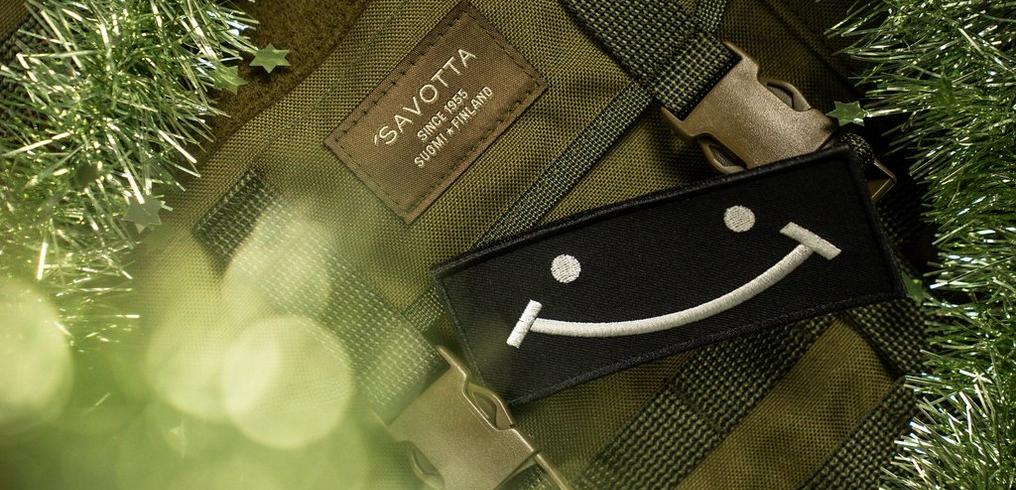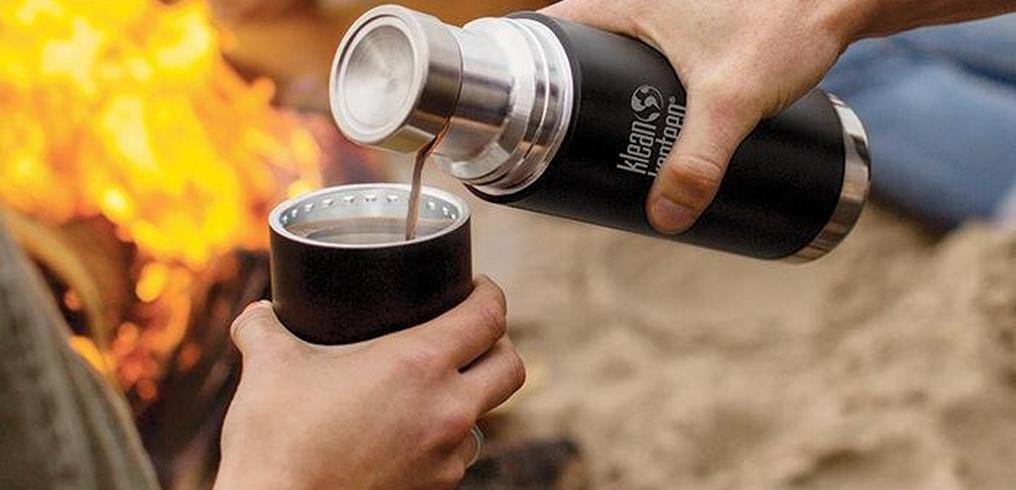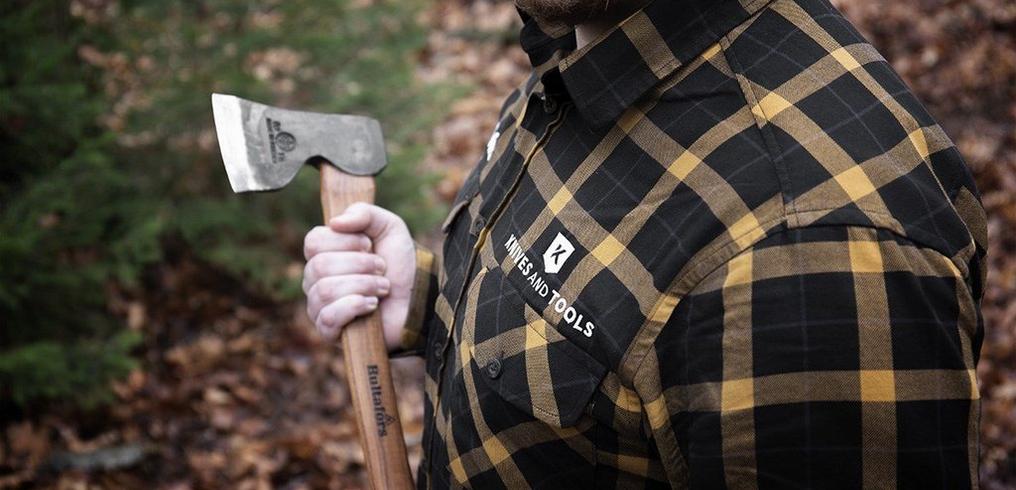Anatomy of an axe
Simply put an axe is comprised of the handle and the axe head. But do you also know what the lug is? It is not only great to know about the different parts of your axe, it is also a lot safer to know what we mean when we say you need to maintain the eye of your axe.
The head of the axe
The head of the axe is comprised of many different parts. The most important are: cheek, butt, lug, eye, heel, tip and edge. The lug of the axe enlarges the contact surface between the axe and the handle. As such the handle is properly secured in the head.
The handle
Of all types of wood Hickory is the one that is most used to produce axe handles. Hickory is incredibly strong and, at the same time, also very flexible. Parts that are made from plastic are also a great option nowadays. These don't require as much maintenance and are a little more forgiving if you miss. Which one you prefer all comes down to taste.
The end of the handle usually contains the knob. A thicker part that ensures you have more grip over the axe. There are also axes with straight handles, these are throwing or racing axes. The knob is usually enhanced with a 'lanyard hole'. We, however, only use this to hang the axe from a nail. Tying a rope to an axe is namely more dangerous than you might expect. The rope can namely get caught behind a branch making the axe slip from your hands.

?%24center=center&%24poi=poi&%24product-image%24=&fmt=auto&h=490&poi=%7B%24this.metadata.pointOfInterest.x%7D%2C%7B%24this.metadata.pointOfInterest.y%7D%2C%7B%24this.metadata.pointOfInterest.w%7D%2C%7B%24this.metadata.pointOfInterest.h%7D&scaleFit=%7B%28%24this.metadata.pointOfInterest%29%3F%24poi%3A%24center%7D&sm=c&w=1016)






